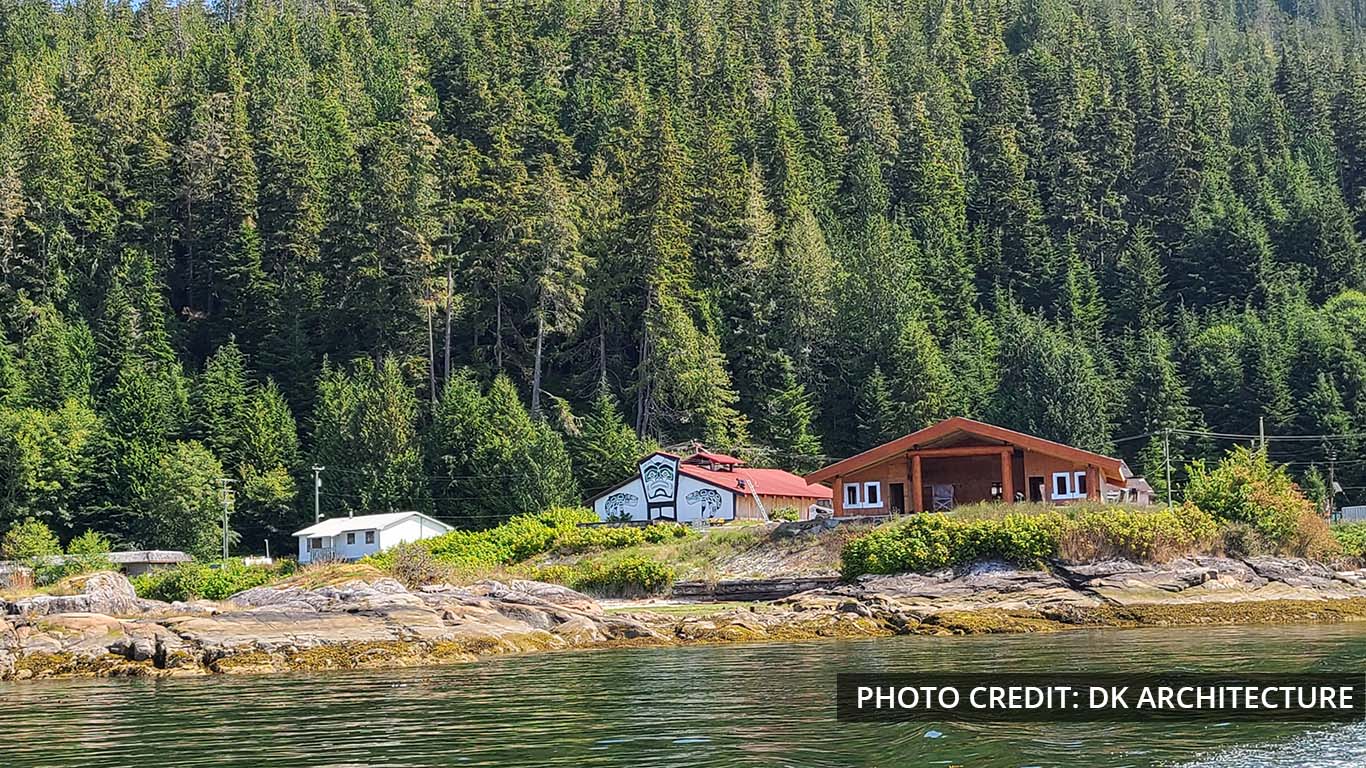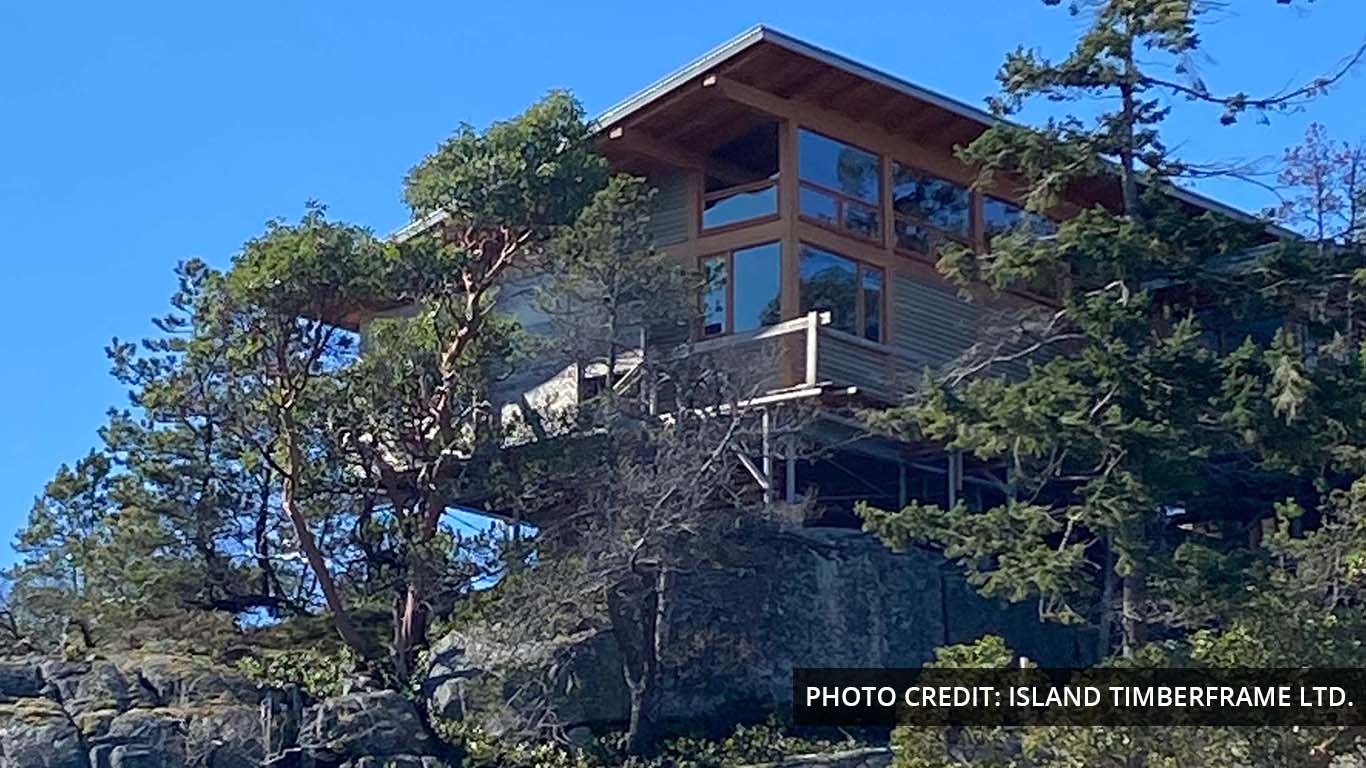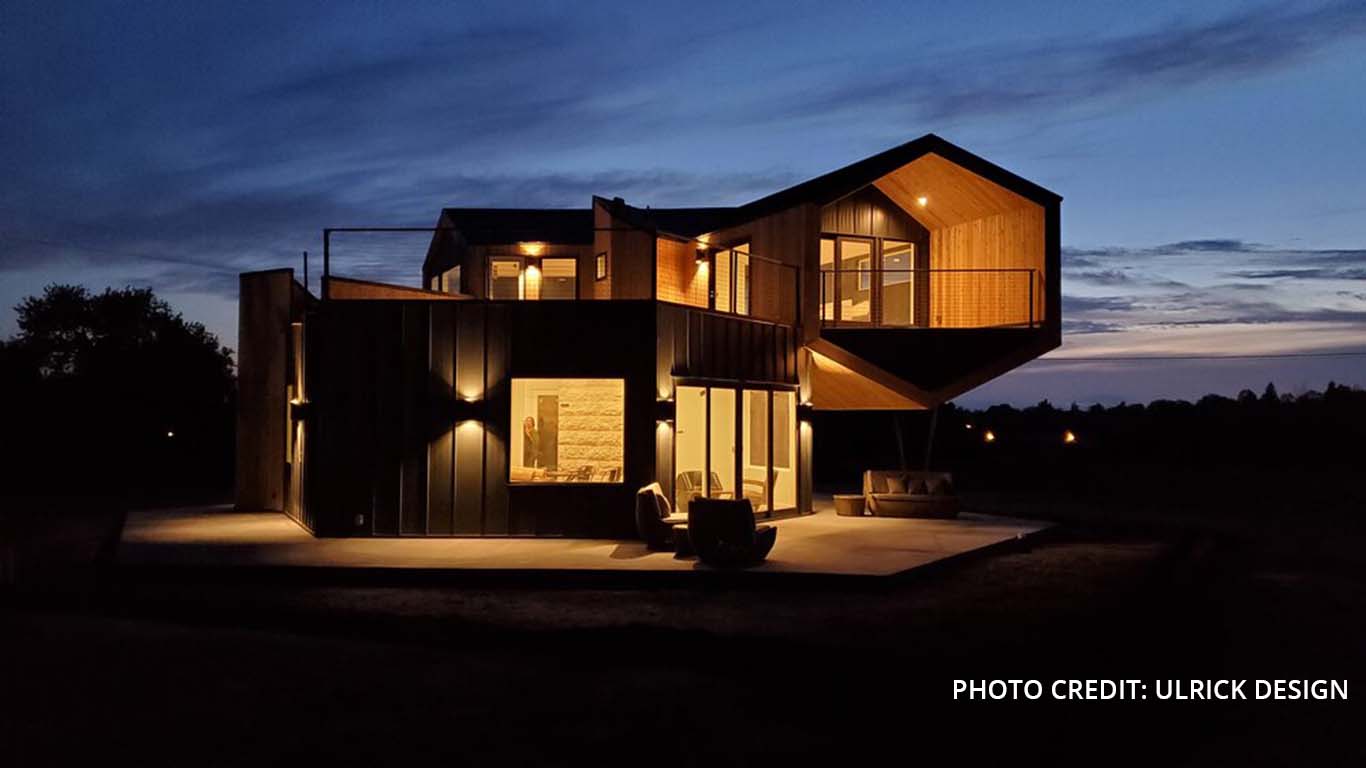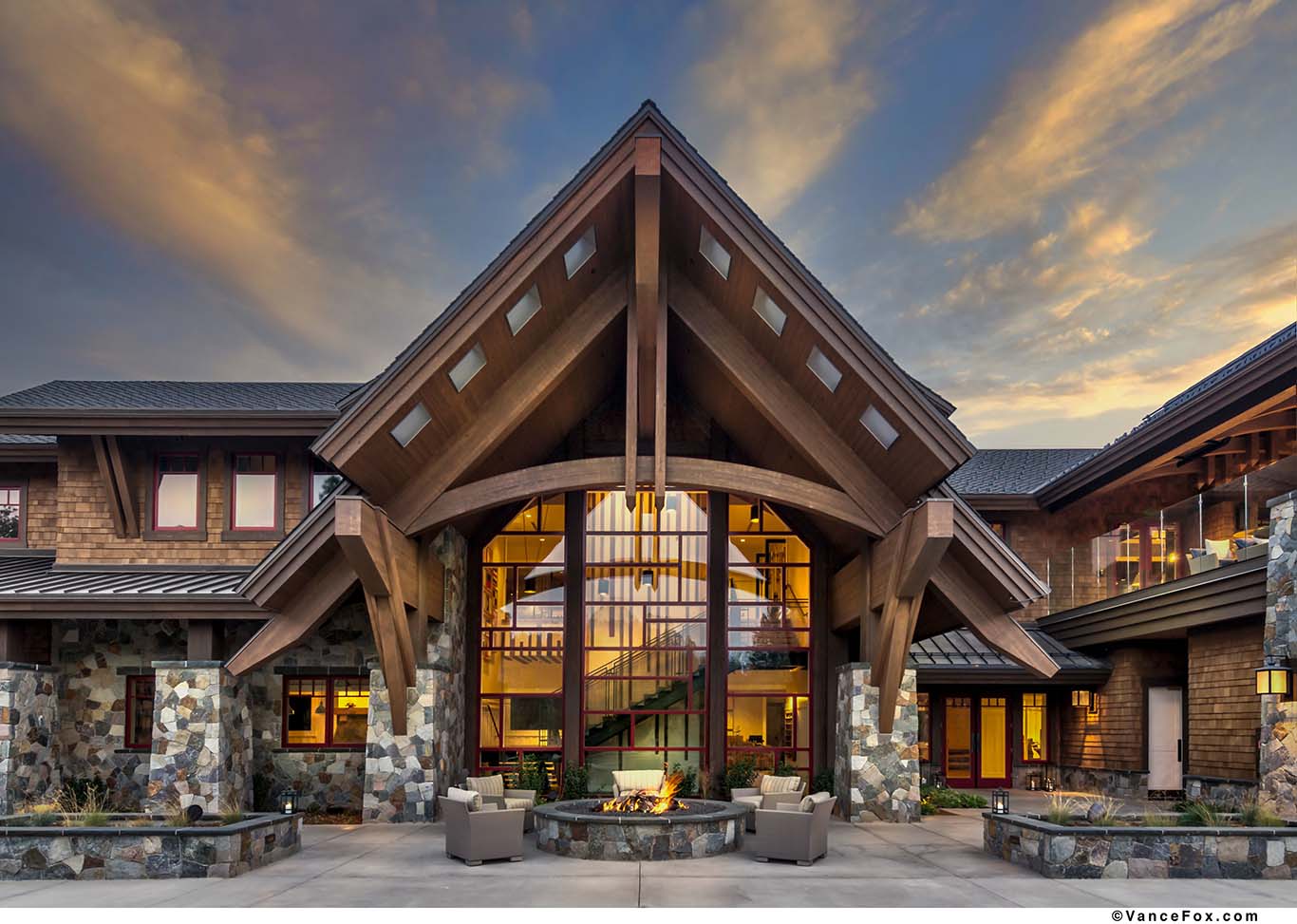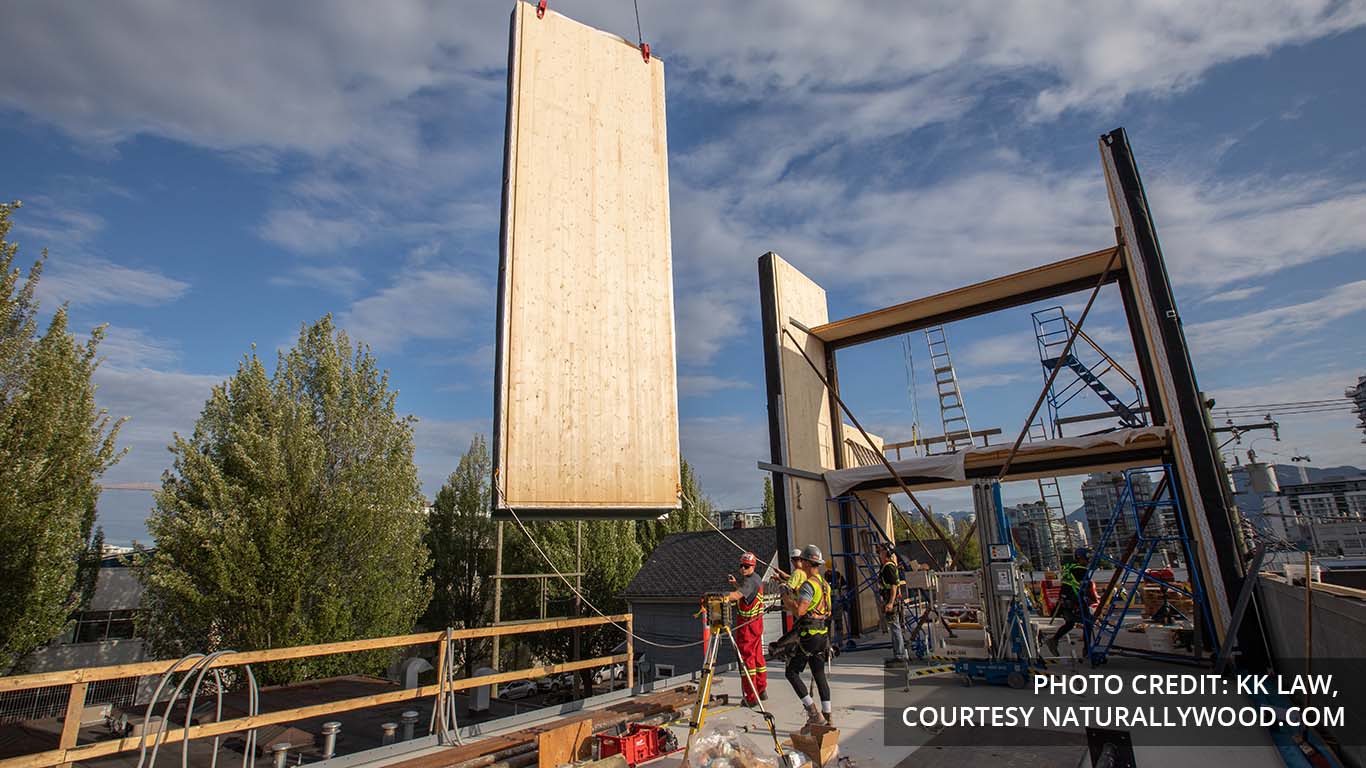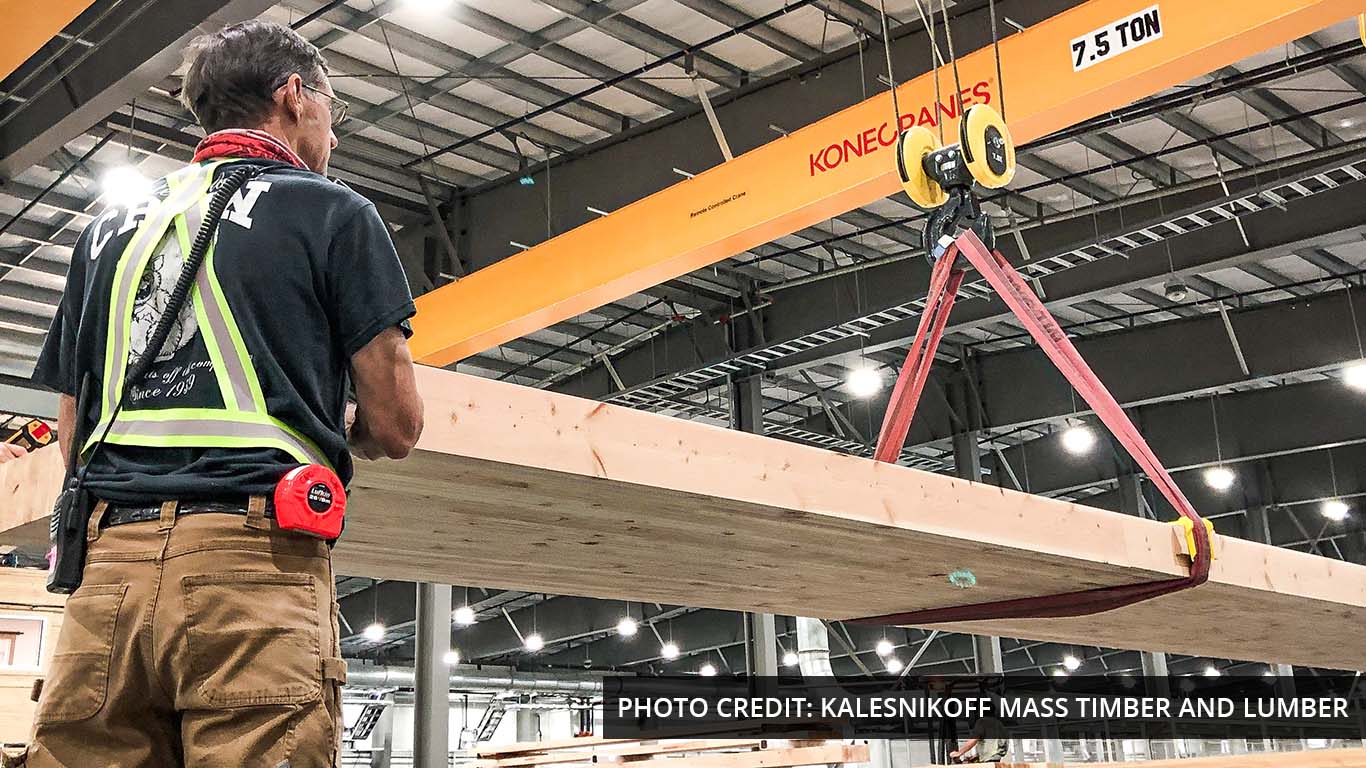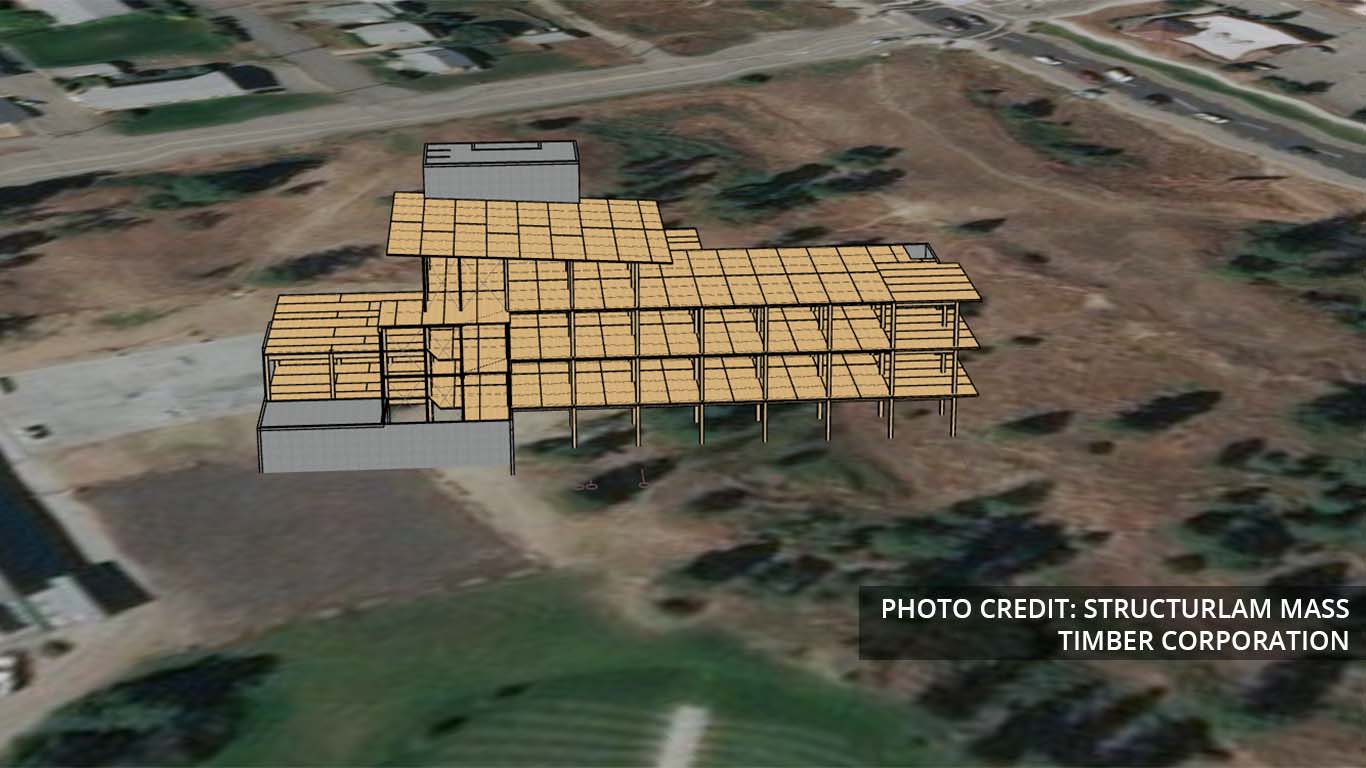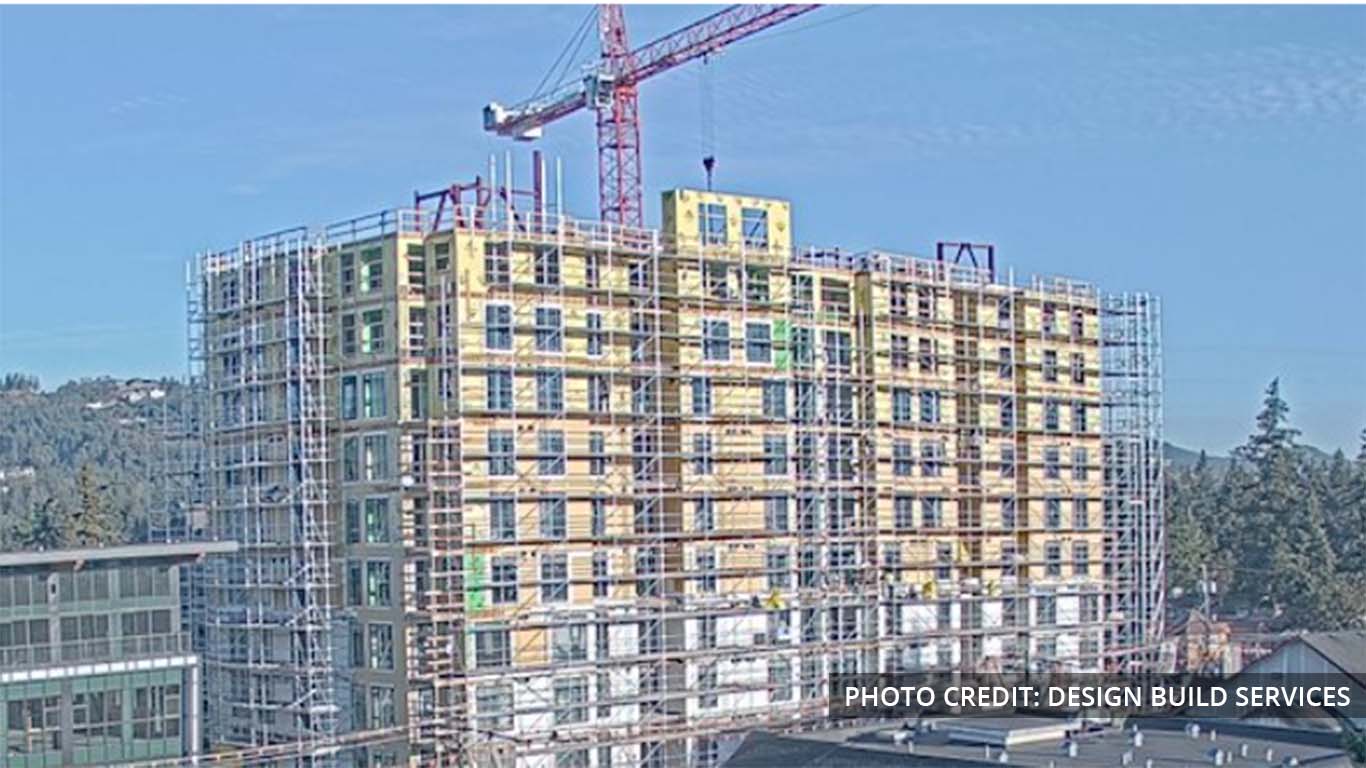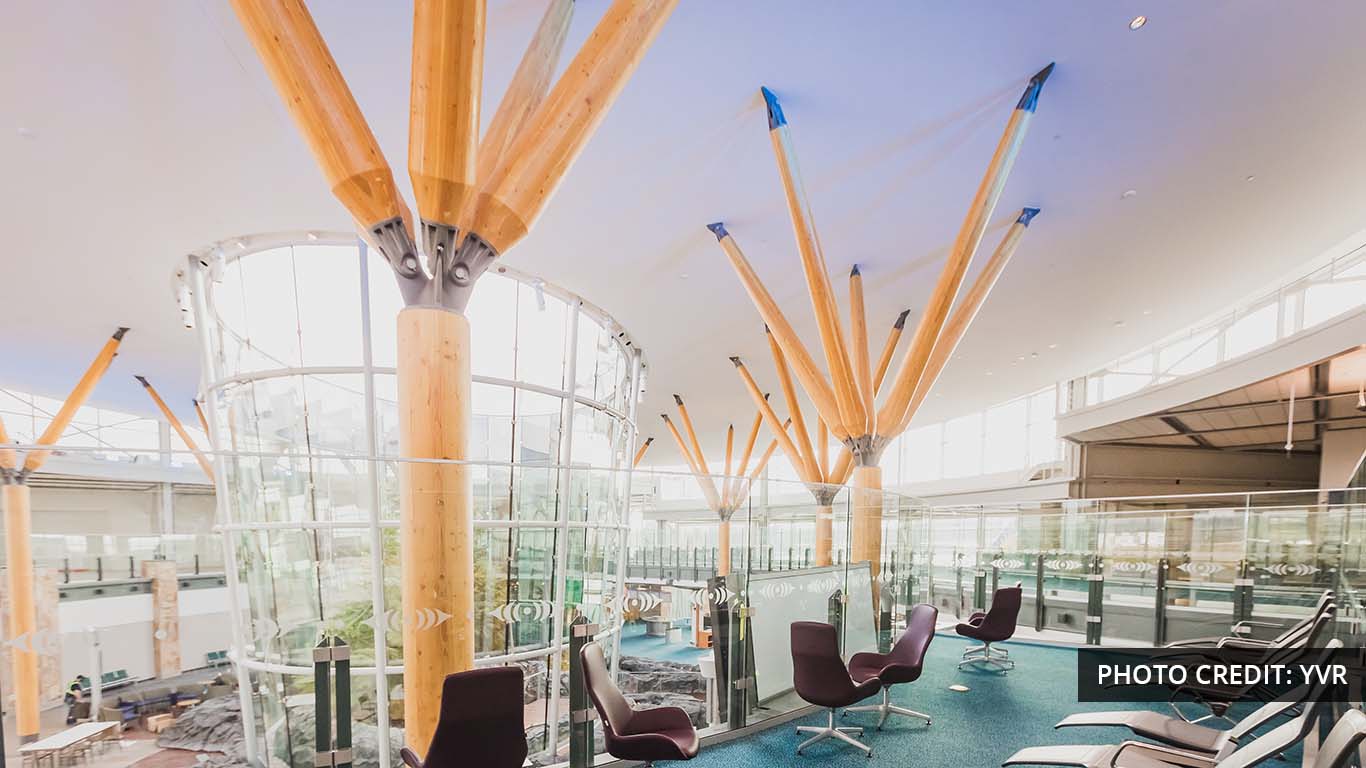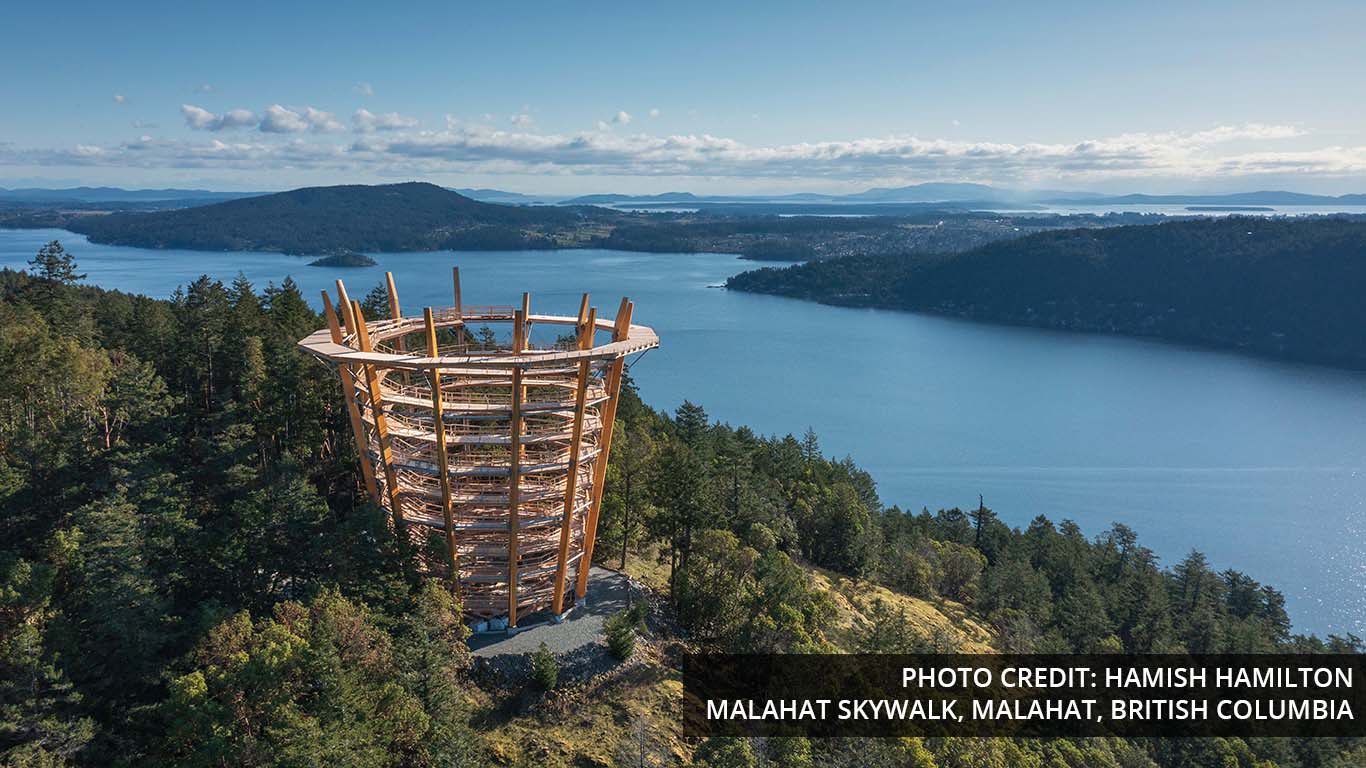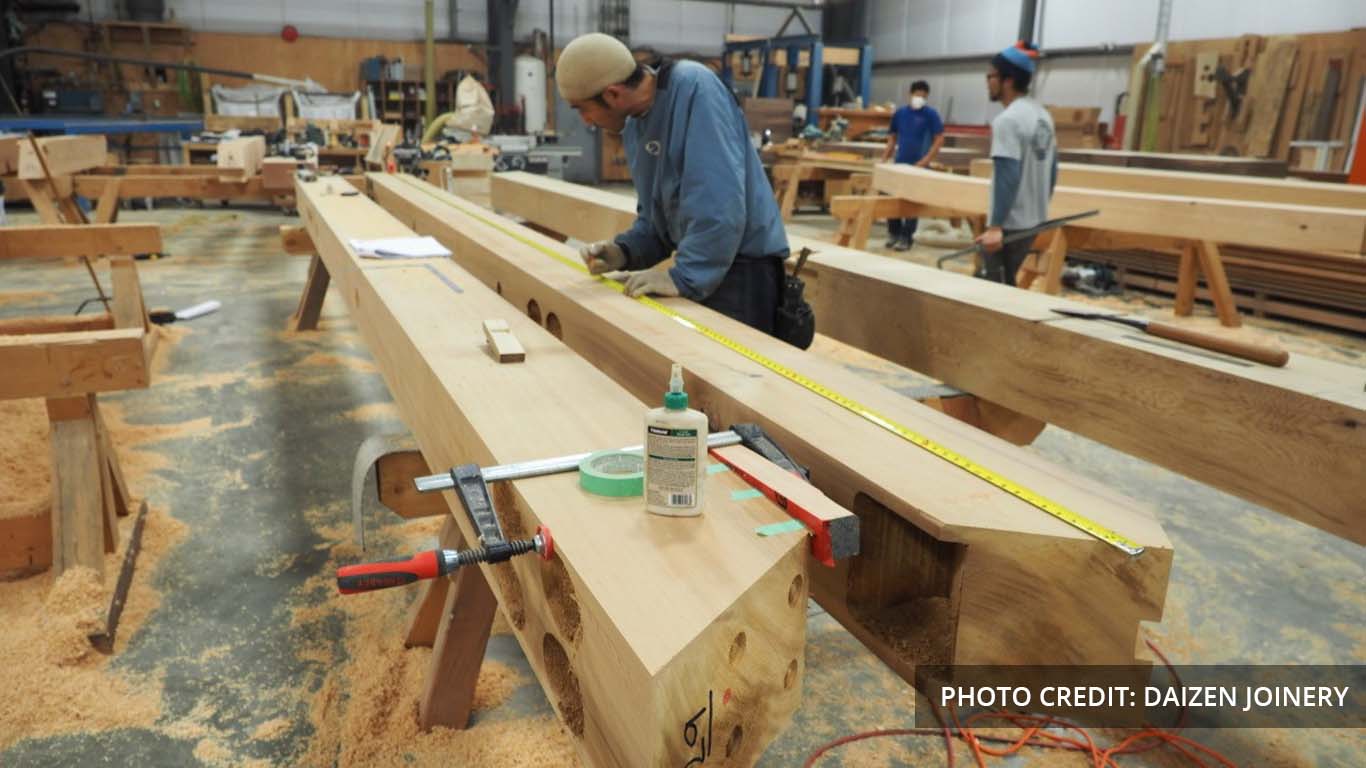2021 WoodTALKS™ at the GBM
Manufacturer & Specifier Collaboration Series
BC Wood will be hosting the 18th Annual Global Buyer’s Mission (GBM), September 29-30, 2021, featuring WoodTALKS, designed to enlighten, inform and inspire on the use of wood in design and construction. This accredited Live Webinar series presented by BC’s wood industry suppliers and partners will explore current Architectural projects and Manufacturing Advancements.
The GBM is Canada’s largest event of its kind with attendance on an “invitation-only” basis. The GBM brings together those who specify, source and use wood products, with Canadian manufacturers and suppliers. These 2 half-day events will be held on a virtual platform one more time, and provides opportunities for architects, designers, contractors, developers, public officials and other wood products specifiers to learn first-hand what is new in BC’s wood industry.
WOODTALKS AT THE GBM PROGRAM
September 29-30, 2021 | Live Webinar & Recorded
Educational Hours:
-
AIBC – Total 6.0 Core LU
-
AAA – Total 6.0 Structured LU
-
BC HOUSING – Total 4.0 CPD Informal
-
AIA – Total 6.0 LU
-
Certificate of Completion for 6.0 Structured Learning hours
Schedule of Live Webinar Sessions:
- September 29, 2021 – 9:00am – 10:05am PST
- September 29, 2021 – 10:20am – 11:25am PST
- September 29, 2021 – 11:40am – 12:45pm PST
- September 30, 2021 – 9:00am – 10:05am PST
- September 30, 2021 – 10:20am – 11:25am PST
- September 30, 2021 – 11:40am – 12:45pm PST
For those who cannot make the live sessions, recordings will be made available on the platform for education learning credits until October 21st.
Day 1
Session 1 -Unique West Coast Island Projects
September 29th 09:00am -10:05am PST
AIBC 1 Core LU | AAA 1 Structured LU | BC Housing 1 CPD, Informal | AIA 1 LU | Certificate of Completion 1 Structured Learning Hour
Kwikwasut’inuxw Haxwa’mis Health + Administration, Gilford Island

Dave Kitazaki | Architect AIBC, LEED AP
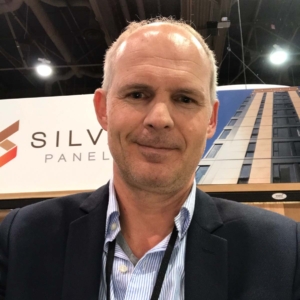
Richard Kaufmann, Silva Timber Products
Building on a Bluff, West Coast of British Columbia

Behsheed Darvis, Osburn/Clarke
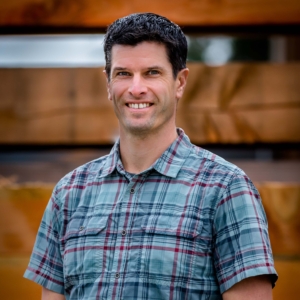
Carl Tessmann, Island TimberFrame Ltd.
Session 2 – Off-site Prefabrication Projects
September 29th 10:20am-11:25 AM PST
AIBC 1 Core LU | AAA 1 Structured LU | BC Housing 1 CPD, Informal | AIA 1 LU | Certificate of Completion 1 Structured Learning Hour
The Williams “Bread House,” Santa Ynez Valley, California

Zachary Ulrick, Ulrick Design

Ray Greene, Senior Export Build Specialist, Pacific Homes
Tahoe Beach Club, Nevada
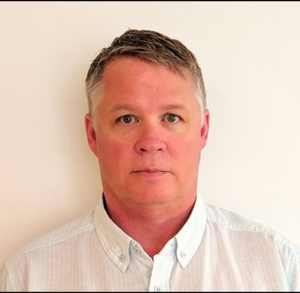
Kurt Westerlund, FraserWood
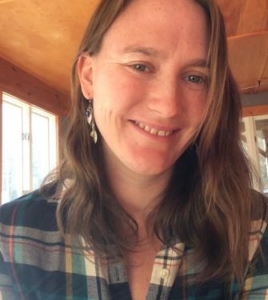
Jessie Smith, Fire Tower Engineered Timber
Session 3 -Advancements in Mass Timber Manufacturing & Lessons Learned on Projects
September 29th 11:40am – 12:45pm PST
AIBC 1 Core LU | AAA 1 Structured LU | BC Housing 1 CPD, Informal | AIA 1 LU | Certificate of Completion 1 Structured Learning Hour
On5, Vancouver & naturally:wood

Robert Malczyk, M.A.Sc., P.Eng., Struct.Eng., MIStructE, MBA Director | Structural Engineering

Jennifer Raworth, Forestry Innovation Investment
North America’s most advanced mass timber facility, Castlegar, B.C.
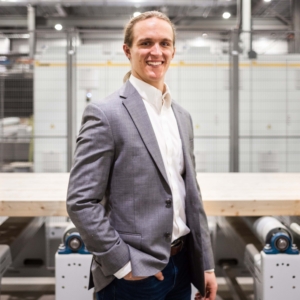
Mitch Warren, Kalesnikoff Mass Timber and Lumber
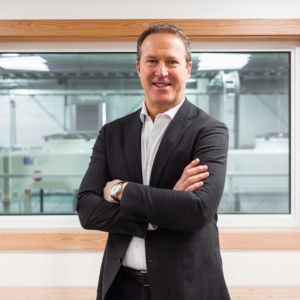
Ken Laven, General Manager of Sales and Marketing for Kalesnikoff Mass Timber and Lumber
Day 2
Session 4 -New Mass Timber Community Projects in British Columbia
September 30th, 9:00am-10:05am PST
AIBC 1 Core LU | AAA 1 Structured LU | BC Housing 1 CPD, Informal | AIA 1 LU | Certificate of Completion 1 Structured Learning Hour
West Kelowna City Hall, Pitt Meadows Firehall, and Langford Community, Vancouver Island
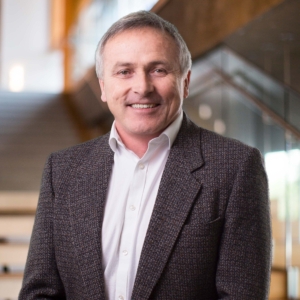
Ron McDougall, Structurlam Mass Timber Corporation
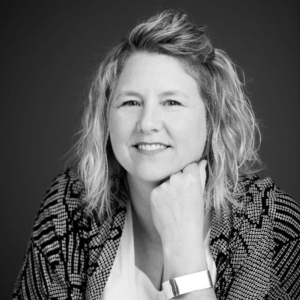
Kimberly Johnston, Architect AIBC, M. Arch., MRAIC, LEED® AP

Matthew McKay – Founder
DESIGN BUILD SERVICES
Session 5: Spectacular Wood Structures and Connections
September 30th 10:20am-11:25am PST
AIBC 1 Core LU | AAA 1 Structured LU | AIA 1 LU | Certificate of Completion 1 Structured Learning Hour | BC Housing – CPD Not Applicable
The Pier D expansion at the Vancouver International Airport

Keith Murray, FraserWood Industries

Tarana Haque, M.A.Sc., P.Eng.
Engineer, Technical Sales Representative, Cast Connex
Malahat Skywalk, Vancouver Island

STEVE STEVENSON, B . A .
Partner & COO, Kinsol Timber

Adam Gerber, Aspect Structural Engineers
Principal | M.B.A., P.Eng., M.A.Sc., CPHC®
Session 6 – Modern Timber Structures & Factory tour of a B.C. modern timber operation
September 30th 11:40am – 12:45pm PST
AIBC 1 Core LU | AAA 1 Structured LU | AIA 1 LU | Certificate of Completion 1 Structured Learning Hour | BC Housing – CPD Not Applicable
Modern Timber Structures, and Factory Tour of a Modern Timber Operation, Kamloops

Dai (Yoshito) Ona, Owner, Daizen Joinery
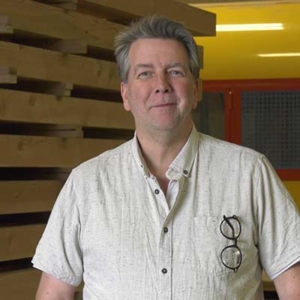
Juergen Poepsel, Operations Manager
Contact Us
Dave Farley
USA and Canada Market Manager
dfarley@bcwood.com
C: 604.728.8786
Ken Hori
Mexico and Canada Market Manager
khori@bcwood.com
C: 604.317.3161
